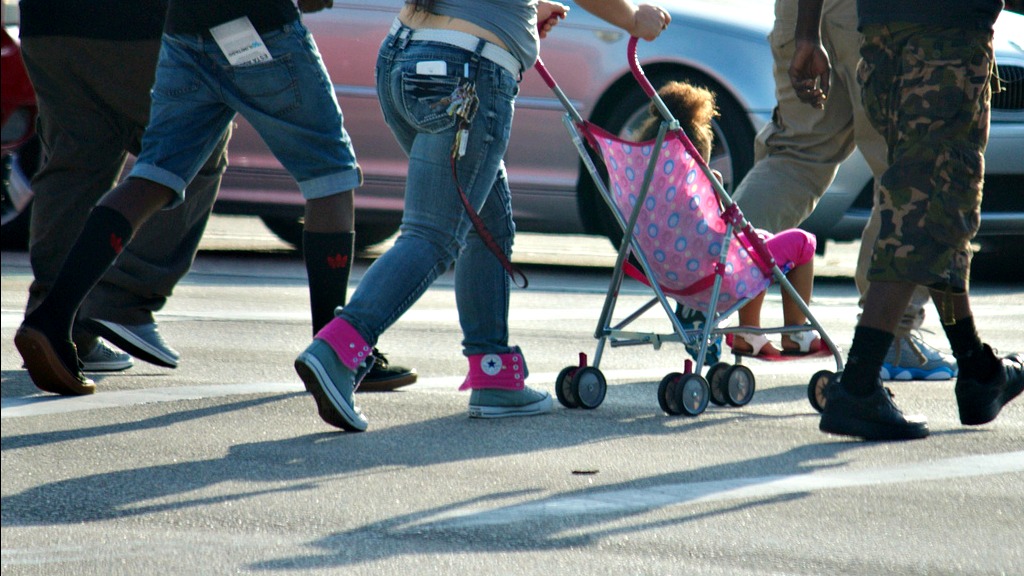As surprising as it is, people who have lost sight in half their visual field in both eyes — a condition called hemianopia — can legally drive in 20-some states. In addition to the usual worries — a driver smashing into your bike, T-boning you, or never seeing your obscene gestures — this is troublesome because these drivers don’t see pedestrians, according to a new paper in Investigative Ophthalmology & Visual Science.
Researchers at Massachusetts Eye and Ear/Schepens Eye Research Institute compared people with and without hemianopia, using a driving simulator:
People with hemianopia have to look (scan) with eye and/or head movements toward the side of the field loss in order to see obstacles or hazards on that side. “The wide field of view that needs to be scanned at intersections presents an especially challenging situation for drivers with hemianopia as they have to scan larger angles than drivers with a full field of vision in order to see all of the intersection on the side of the field loss,” said lead author Alex Bowers, Ph.D.
But counter-intuitively, drivers with hemianopia weren’t actually moving their heads more to make sure nobody was there. In fact, on average they moved their heads LESS.
Now, this wasn’t true of every driver with hemianopia — some were consistently checking the area where they knew they had eyesight loss (which underscores the need for individual testing). Plus, the sample size was small, with only 26 people. But this definitely gives pedestrians another reason to be careful.



